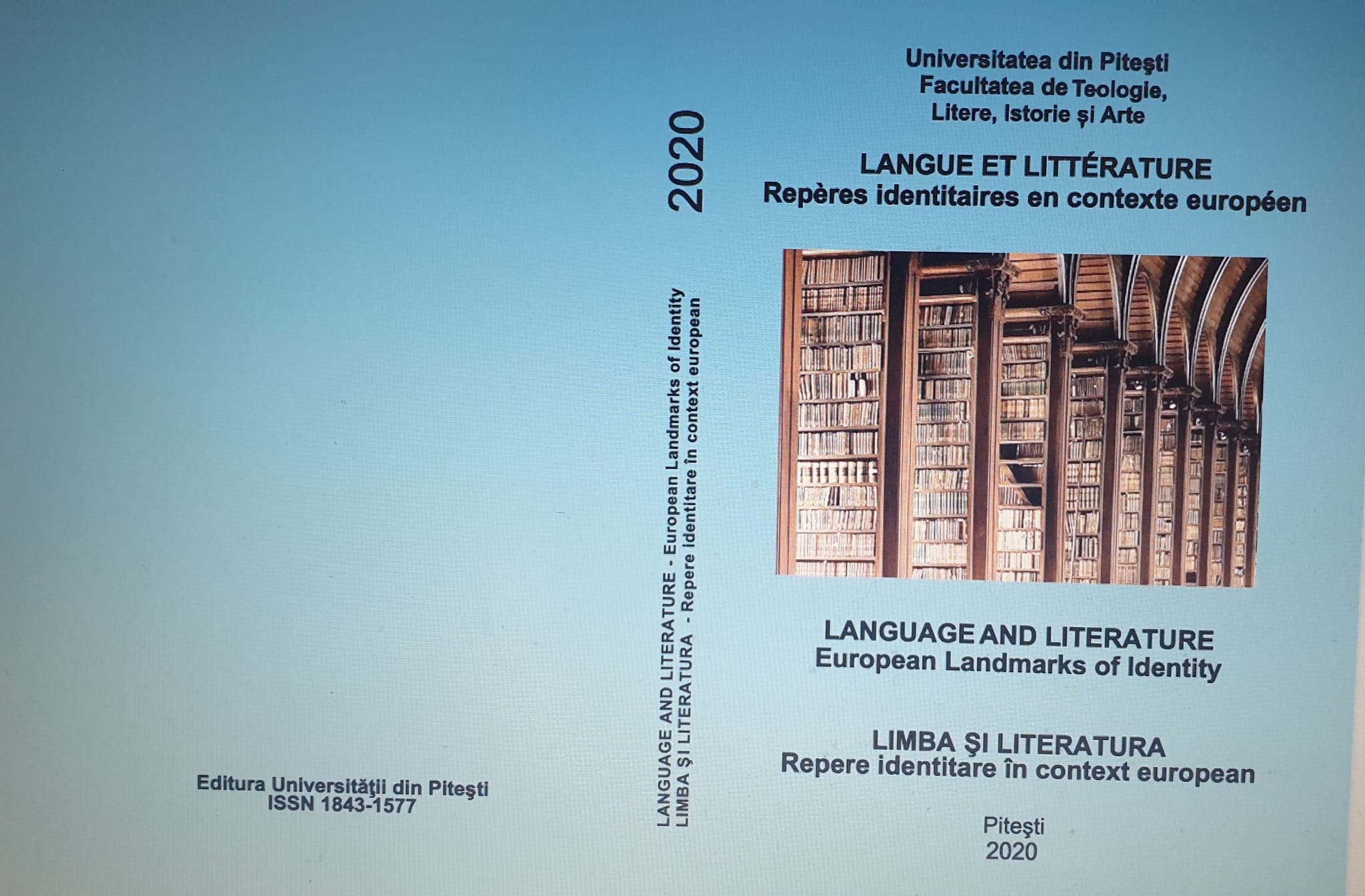TRANSLATOR’S RETICENCE IN AUDIOVISUAL TRANSLATION - GENERAL CONSIDERATIONS ON TRANSCREATION IN TV ADVERTISEMENTS
TRANSLATOR’S RETICENCE IN AUDIOVISUAL TRANSLATION - GENERAL CONSIDERATIONS ON TRANSCREATION IN TV ADVERTISEMENTS
Author(s): Bianca DabuSubject(s): Language and Literature Studies, Translation Studies
Published by: Editura Universităţii din Piteşti
Keywords: translator’s inner voice; invisibility; ear; translated society; transcreation;
Summary/Abstract: The translator relies on professional standards of integrity and thoroughness, ensures maximum communication between source and target language and deals with appropriate relations of equivalence in translation. Thus, equivalence implies not only translation as a type of rewriting (Lefevere 1992: 9), but a transfer of cultural issues that the translator should skillfully render. How reticent or visible should a translator be within this process? The principle of reticence in communication can be applied in translation where the translator is a vehicle between the author and the audience. During the translation process the translator’s inner voice becomes determinant, of vital responsibility. Venuti (1995:1) introduces the term invisibility “to describe the translator’s situation and activity”. Being a multi-faceted activity and a form of creative writing, the translators must listen to their ear. The process of transcreation, is not just an exact match of a word-for-ford translations of the text in a different language, but a challenge to find the “cultural inscription of a term” rather than reconstructing its value.
Journal: LIMBA ȘI LITERATURA – REPERE IDENTITARE ÎN CONTEXT EUROPEAN
- Issue Year: 2020
- Issue No: 27
- Page Range: 247-255
- Page Count: 9
- Language: English

